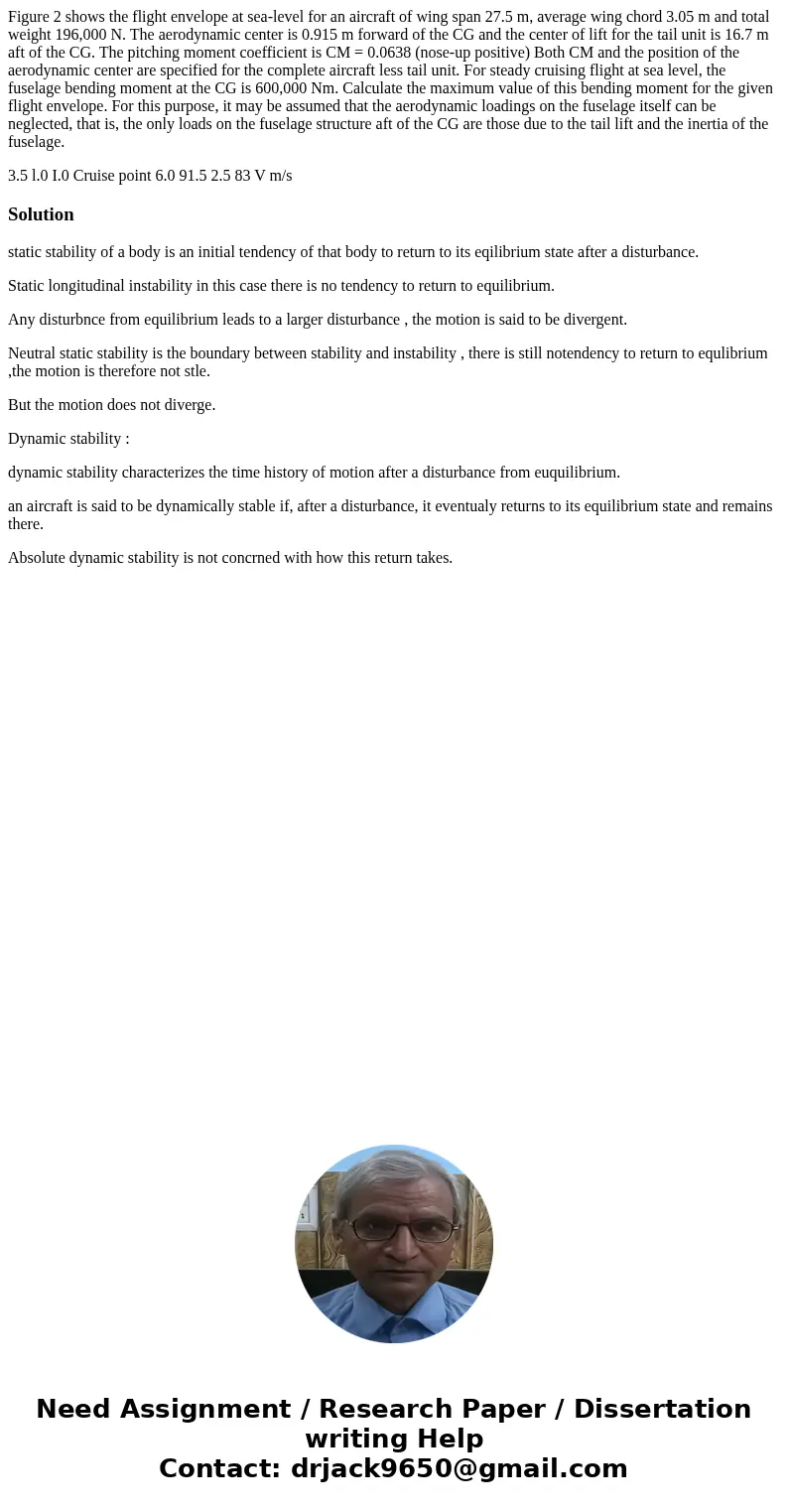Figure 2 shows the flight envelope at sealevel for an aircra
Figure 2 shows the flight envelope at sea-level for an aircraft of wing span 27.5 m, average wing chord 3.05 m and total weight 196,000 N. The aerodynamic center is 0.915 m forward of the CG and the center of lift for the tail unit is 16.7 m aft of the CG. The pitching moment coefficient is CM = 0.0638 (nose-up positive) Both CM and the position of the aerodynamic center are specified for the complete aircraft less tail unit. For steady cruising flight at sea level, the fuselage bending moment at the CG is 600,000 Nm. Calculate the maximum value of this bending moment for the given flight envelope. For this purpose, it may be assumed that the aerodynamic loadings on the fuselage itself can be neglected, that is, the only loads on the fuselage structure aft of the CG are those due to the tail lift and the inertia of the fuselage.
3.5 l.0 I.0 Cruise point 6.0 91.5 2.5 83 V m/sSolution
static stability of a body is an initial tendency of that body to return to its eqilibrium state after a disturbance.
Static longitudinal instability in this case there is no tendency to return to equilibrium.
Any disturbnce from equilibrium leads to a larger disturbance , the motion is said to be divergent.
Neutral static stability is the boundary between stability and instability , there is still notendency to return to equlibrium ,the motion is therefore not stle.
But the motion does not diverge.
Dynamic stability :
dynamic stability characterizes the time history of motion after a disturbance from euquilibrium.
an aircraft is said to be dynamically stable if, after a disturbance, it eventualy returns to its equilibrium state and remains there.
Absolute dynamic stability is not concrned with how this return takes.

 Homework Sourse
Homework Sourse